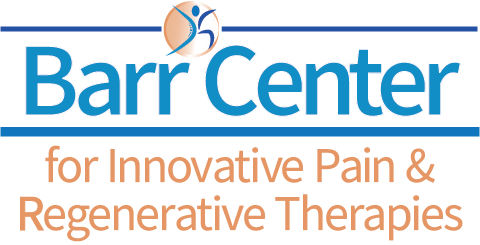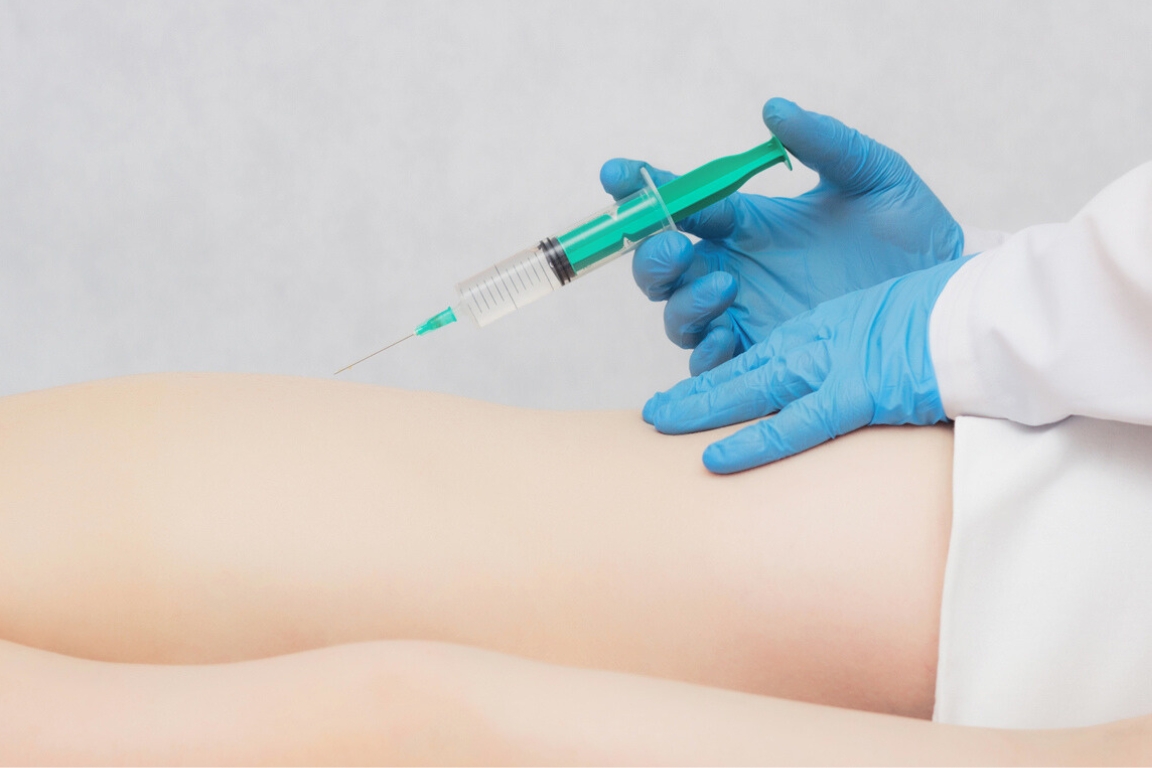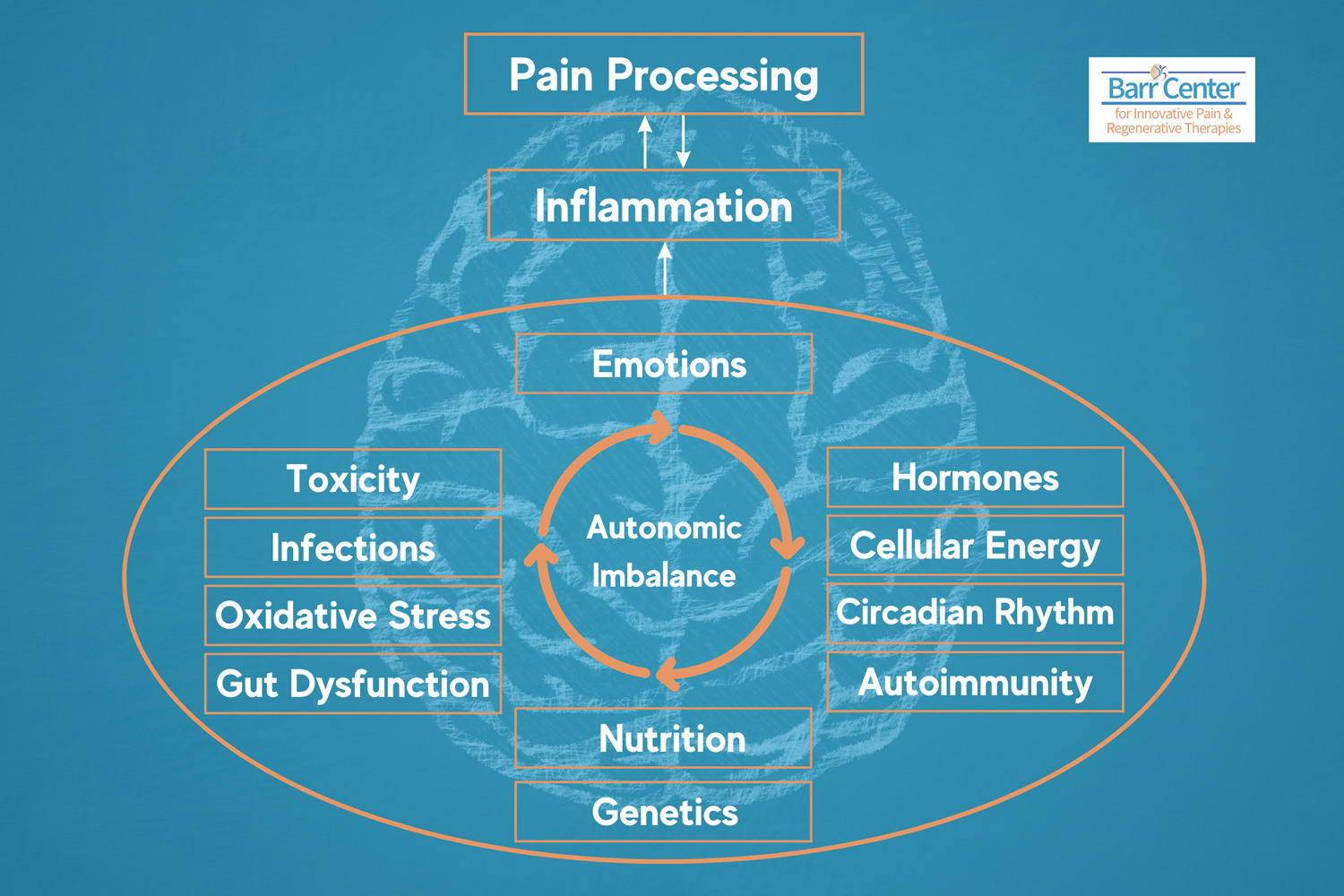What is a Contrast Bath?
Contrast baths are a form of hydrotherapy. It is also called hot/cold immersion therapy. It is the use of hot and cold water to help decrease pain and increase circulation around an injured area where there may be restricted blood flow. The goals for using contrast baths include:
- Decreasing pain
- Decreasing swelling
- Decreasing/controlling inflammation
- Improving mobility
- Improve muscle recovery after exercising
Conditions Commonly Treated?
Contrast baths can be one modality of choice for injuries that cause swelling and pain around the joints and soft tissue in the body such as:
- Acute injuries to limbs (over 72 hours) including-
- Upper and lower extremity fractures, plantar fasciitis, Achilles tendinitis, hand and finger arthritis
- Conditions associated with reduced blood flow
- Muscle hypertonicity resulting in cramps or spasms
- Repetitive strain activities, such as carpal tunnel syndrome
- Chronic Regional Pain Syndrome (CRPS)
Please consult your medical provider or physical therapist if you are unsure if this treatment is right for you.
How Do Contrast Baths Work?
By alternating between hot and cold water the significant temperature difference activates the autonomic nervous system in such a way to increase the blood flow and nutrition to injured tissues. Hot water helps to open up the blood vessels, particularly the capillaries, and cold water constricts them. The alternating between the hot and cold water creates a pumping action, which decreases inflammation and promotes healing.
What Equipment is Needed?
- Two containers, buckets or sinks large enough to accommodate the body part to be treated
- Thermometer
- Towels (for drying and to put under the basins)
- Cold compress for the head (cold washcloths)
- Pitcher to remove and add hot water
- Means for heating water if not near a tub or sink
- Ice for cold compress and cold bath
What is the Procedure for Contrast Baths?
- Fill two tubs, large buckets or a double sink that you can fit your injured limb into
- Fill one with hot water (98 – 110 °F)
- Fill the other one with cold water (45 – 70 °F)
- Make sure you use a thermometer to verify the temperatures throughout the entire treatment
- If swelling is present, keep the temperature below 102 °F and keep your limb in the hot tub for a shorter duration
- If a joint is swollen and hot ONLY use cold; never heat
- Soak the affected area
- Start in the hot water for three to four (3 – 4) minutes
- Switch immediately to soaking in the cold water for one (1) minute
- If the cold water is not tolerated for the full minute, place it back in the hot water for three to four (3 – 4) minutes then return it to the cold water for as long as tolerated up to one (1) minute
- Always start with the hot water and end with the cold water, except:
- Rheumatoid Arthritis – end in the hot water and dry the area thoroughly
- The joint is swollen and hot, then only use cold water
- Repeat the above steps three to four (3 – 4) more times (about 20 minutes)
- More hot water may need to be added to maintain the right temperature for the “hot bath” (it might decrease from switching back and forth between the hot and cold water)
- Add this while soaking in the cold bath
- Make sure to stir while adding the hot water to avoid increasing the temperature too much (do not exceed 110 °F), which can result in a burn
- The extremity being treated will be desensitized from being in the cold water, making it difficult to discern if the temperature is too hot
- To increase the effectiveness of the contrast bath, add ice or ice packs to the cold water to help maintain the temperature between 45 – 70 °F
ALTERNATE METHOD if water baths are not available or practical for the area being treated.
- Use a heating pad or a hot wet towel to the affected area for three to four (3 – 4) minutes
- Alternate using an ice pack wrapped in a towel a dampened frozen washcloth or towel for one (1) minute
- Repeat the above steps three (3) more times
Precautions for Doing Contrast Baths
- Contrast baths should not be done to an acute injury
- Treatment should not be given until 48 hours have passed since the injury
- Make sure that the room is warm and free of drafts. Cool room temperatures make contrast baths less effective.
Contraindications for Contrast Baths
DO NOT do contrast baths for any of the following problems:
- Local malignancies
- Peripheral Vascular Disease (PVD)
- Impaired sensation
- Bleeding and acute inflammation
- Diabetes and neuropathy
- If there is a good pulse in the extremities, diabetics and those with neuropathies can benefit from a contrast bath, but it needs to be under the supervision of a physical therapists
Can the Barr Center Help You with Pain Relief?
Call us at 757-578-2260 or email us at Info@BarrCenter.com to get started on therapies that relieve your pain.
Learn More
Conditions we treat: Neck Pain, Shoulder Pain, Back Pain, Hip Pain and Knee Pain. We sometimes combine Physical Therapy in our treatments.










